Art of the Persuasion Angle?…
The persuasion angle is the unique approach or lens you use to influence your audience’s thoughts, feelings, and actions. It’s the way you frame your messaging so it resonates, engages, and converts.
In other words, your persuasion angle is your secret sauce.
Marketers often use psychological principles—like authority, scarcity, or social proof—to create angles that drive results. For example, emphasizing a product’s popularity (“Join 50,000+ happy customers”) or its limited availability (“Only 3 left in stock!”) is a classic persuasion tactic.
Common Pitfalls and How to Avoid Them
Right off the bat, there are many ways to use these tactics and methods of crafting your messaging that can go wrong… very wrong. Which can cause irreparable damage to your efforts, your brand, and your bottom line
Pitfall 1: Overusing urgency—makes you look desperate.
Solution: Use sparingly and authentically.
Pitfall 2: Lack of proof—claims without evidence hurt trust.
Solution: Always support your claims with credible data.
Pitfall 3: Ignoring emotion—pure logic rarely converts.
Solution: Blend emotion with facts.
Long gone are the days when a company could put out goods and services and the consumer publics would accept it blindly. With the new knowledge of what has been let into our food sources that are detrimental to people’s health, to shabbily assembled products designed to break, to way too many promotional “Pumps and Dumps,” the emotional toll on the general populace has been one of increasing distrust and ill ease. When you look to use the Art of Persuasion in your company’s messaging, it needs to be centered on the truth and nothing but the truth; with no funny business, janky hooks, or shades of grey at all.

Faces of Business Culture
Your Company Culture Can Be on Display for Others to Connect with.
Why the Craft of Persuasion Matters in the Digital Age
Today, people are bombarded with content every second. Your prospects can scroll past dozens of offers in minutes. So, to stand out, you need persuasive messaging that:
-
Builds trust quickly
-
Evokes emotion
-
Creates urgency
-
Offers clear next steps
Consider that 95% of buying decisions are subconscious. That’s why the art of persuasion isn’t optional—it’s essential.
Persuasion angle helps you:
-
Break through noise
-
Differentiate your brand
-
Increase conversions
-
Foster loyalty
The Top 7 Persuasion Power Moves
Let’s explore the top seven proven persuasion strategies you can blend into your marketing:
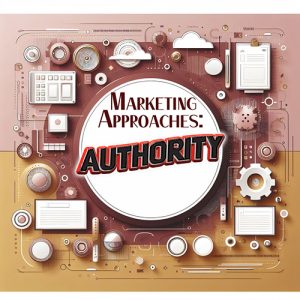 1. The Authority Effect
1. The Authority Effect
When you position yourself as an expert, your audience is more likely to trust and follow your advice.
How to Apply It:
-
Show credentials, certifications, or awards.
-
Feature endorsements from credible sources.
-
Publish authoritative content (white papers, guides, case studies).
Example:
“Voted #1 CRM by Forbes.”
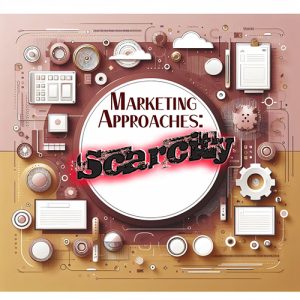 2. Scarcity and Urgency
2. Scarcity and Urgency
People fear missing out. Limited-time offers compel action.
How to Apply It:
-
Use countdown timers on landing pages.
-
Offer limited-quantity deals.
-
Emphasize deadlines in your emails.
Example:
“Only 24 hours left to save 30%!”
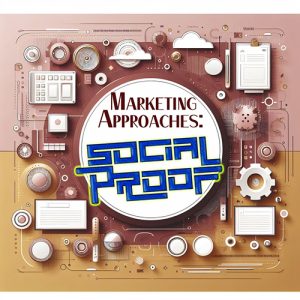 3. Social Proof Persuasion
3. Social Proof Persuasion
Humans look to others to guide their choices.
How to Apply It:
-
Display customer reviews and testimonials.
-
Show user numbers (“Over 1 million downloads!”).
-
Leverage influencer endorsements.
Example:
“See why thousands of entrepreneurs love our app.”
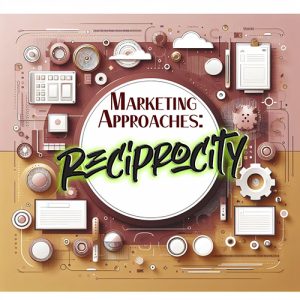 4. Reciprocity Principle
4. Reciprocity Principle
When you give value first, people feel compelled to return the favor.
How to Apply It:
-
Offer free guides, samples, or consultations.
-
Share useful resources.
-
Provide bonus gifts for purchases.
Example:
“Download our free 15-page toolkit—yours to keep.”
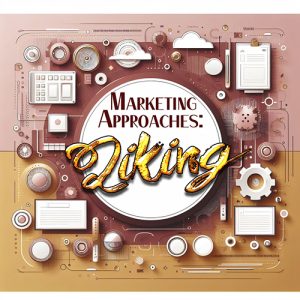 5. Storytelling Influence
5. Storytelling Influence
Stories captivate and connect.
How to Apply It:
-
Share customer success stories.
-
Tell your brand’s origin story.
-
Use vivid, relatable scenarios.
Example:
“Sarah was drowning in paperwork until she discovered our software.”
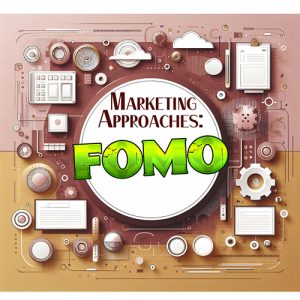 6. Emotional Triggers
6. Emotional Triggers
Logic makes people think—emotion makes them act.
How to Apply It:
-
Tap into aspirations, fears, or desires.
-
Use imagery that evokes feeling.
-
Write with passion and empathy.
Example:
“Never feel stuck in your business again.”
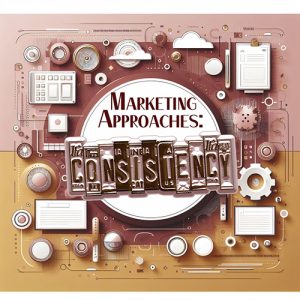 7. Consistency and Commitment
7. Consistency and Commitment
When people commit to something small, they’re more likely to follow through on bigger asks.
How to Apply It:
-
Use micro-commitments (like email signups).
-
Create progressive offers.
-
Ask for small actions that lead to bigger conversions.
Example:
“Start your free trial—no credit card needed.”
Integrating Persuasion into Your Sales Funnel
Your sales funnel should be infused with persuasive elements at every stage:
-
Awareness: Use authority and storytelling to draw attention.
-
Consideration: Provide social proof and reciprocity.
-
Decision: Leverage scarcity and urgency.
-
Post-Purchase: Reinforce commitment and ask for referrals.
Tip: Map each persuasion angle to your funnel steps so it feels natural.
Persuasion Tactics for Different Marketing Channels
Email Marketing
-
Use scarcity in subject lines.
-
Include social proof in the body.
-
Create urgency with time-limited CTAs.
Social Media Marketing
-
Share customer stories.
-
Highlight testimonials.
-
Use visuals that evoke emotion.
Landing Pages and Websites
-
Feature authority badges.
-
Add countdown timers.
-
Display user reviews prominently.
Measuring the Impact of Persuasion
Track these KPIs to see how your persuasion angles perform:
-
Conversion rates
-
Click-through rates
-
Engagement metrics (time on page, shares)
-
Revenue per visitor
Use A/B testing to refine your approach.
FAQs About Persuasion in Sales and Marketing
1. How often should I use scarcity tactics?
Only when they’re real. Overusing them dilutes credibility.
2. What’s the most effective persuasion strategy?
It depends on your audience, but social proof and urgency often deliver strong results.
3. Can persuasion be unethical?
Yes. Always use honest tactics. Deceptive persuasion damages trust.
4. How do I measure emotional impact?
Use surveys, engagement metrics, and direct feedback.
5. What if my industry is very logical (e.g., B2B SaaS)?
Even logical buyers have emotions. Combine logic with empathy.
6. How do I start applying persuasion today?
Pick one power move and test it in your next campaign.

